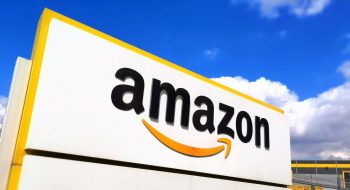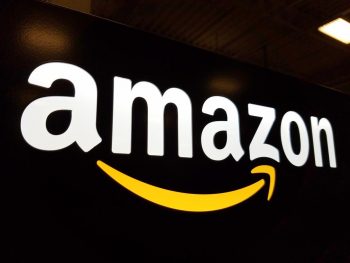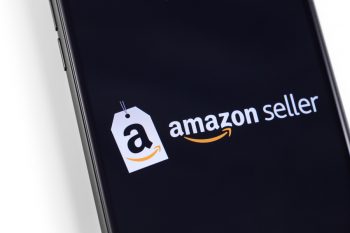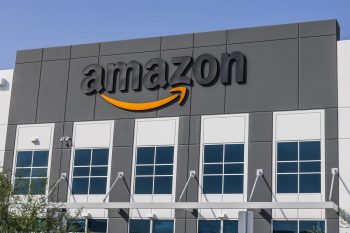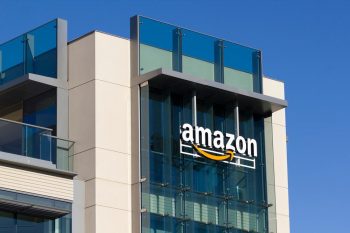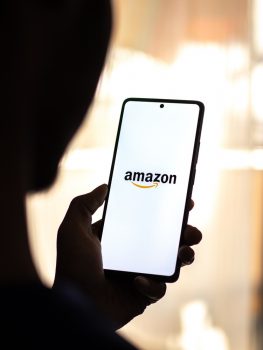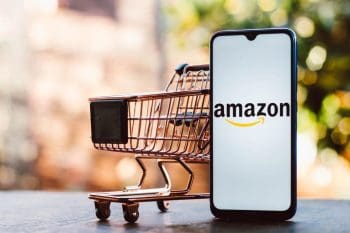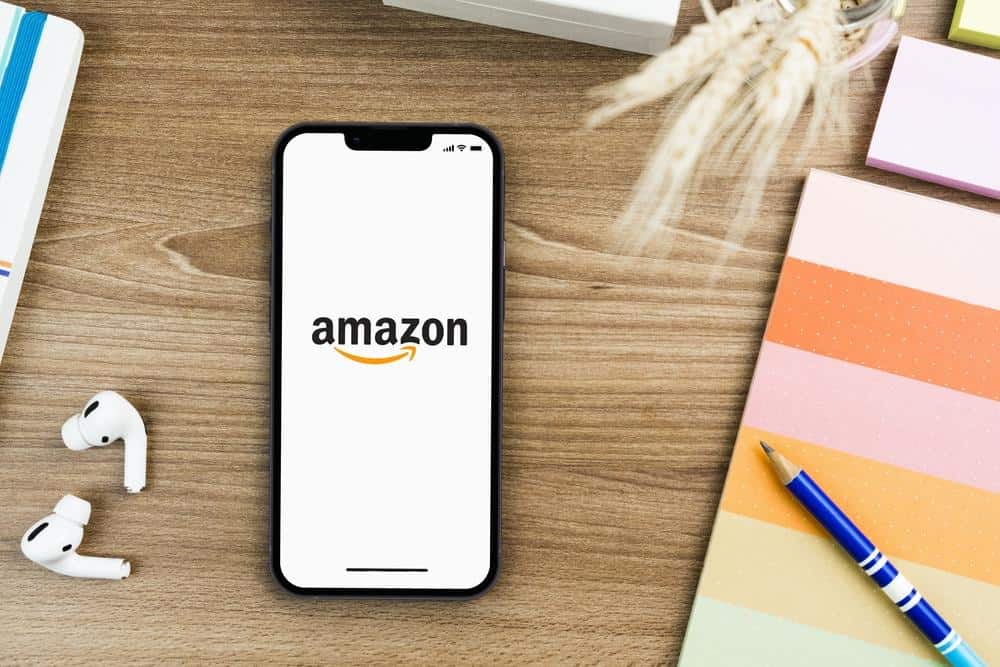
Starting an Amazon FBA (Fulfillment by Amazon) business with little money might seem like a Herculean task. However, with the right planning, product selection, and strategic approach, it is indeed possible. This comprehensive guide will walk you through the essentials of starting an Amazon FBA business on a tight budget.
Starting an Amazon FBA business with little money involves identifying a profitable niche product, creating a free Amazon Seller account, sourcing your product from a supplier with low minimum order quantities, and managing inventory and storage efficiently. Optimizing product dimensions and packaging, adopting cost-effective advertising strategies, and handling returns and refunds promptly can also help. Remember, starting with a smaller budget may require more time and effort in research and optimization, but with the right approach, it’s definitely achievable.
What is an Amazon FBA Business?
An Amazon FBA business is an e-commerce model where sellers list their products on Amazon’s platform and utilize Amazon’s robust distribution network for storage, packaging, shipping, customer service, and returns.
Initial Capital Required
The initial capital required to start an Amazon FBA business can vary. Some sources suggest that a minimal budget of around $3,500 is required to start a private label Amazon FBA business. However, it’s possible to start with as little as $500 for purchasing inventory.
Essential Steps to Start an Amazon FBA Business on a Tight Budget
Here are the essential steps to start an Amazon FBA business on a tight budget:
- Identify the product you intend to sell: Invest time in product research and keyword research to find a profitable niche.
- Create an Amazon Seller account: Sign up for a free Amazon Seller account to list your items on the platform.
- Source your product: Find a supplier that offers low minimum order quantities that fit your budget.
- Optimize product dimensions and packaging: Use smaller, lighter packaging to reduce shipping weight and costs.
- Manage inventory and storage efficiently: Keep inventory levels low and avoid overstocking slow-moving items to minimize storage fees.
- Optimize Amazon advertising costs: Focus on cost-effective advertising strategies and monitor your ad performance to ensure you’re getting the best return on investment.
- Efficiently handle returns and refunds: Develop a clear return policy and handle customer issues promptly to minimize the impact of returns on your business.
Finding Profitable Products to Sell on Amazon FBA with Little Investment
To find profitable products to sell on Amazon FBA with little investment, conduct thorough product research, focus on low-cost items, explore different sourcing options, look for trending products and niches, and source products from reliable suppliers.
Managing Inventory and Logistics in an Amazon FBA Business
Effectively managing inventory and logistics in an Amazon FBA business can be achieved through various cost-effective strategies such as adopting inventory best practices, choosing the right FBA warehouse, monitoring inventory levels, utilizing inventory management software, setting inventory minimums, understanding supply chain lead time, maintaining relationships with suppliers, creating a contingency plan, reducing FBA fees, and forecasting inventory needs.
Optimizing Product Listings for Maximum Visibility and Sales
New sellers can optimize their product listings for maximum visibility and sales without spending much on advertising by conducting keyword research, optimizing product titles, optimizing product descriptions and bullet points, using high-quality images, optimizing backend keywords, and encouraging customer reviews.
Common Pitfalls or Challenges in Running an Amazon FBA Business
Running an Amazon FBA business can be challenging. Some common pitfalls and challenges include picking an over-saturated niche, high degree of competition, packaging restrictions, strict inventory management, mispricing products, compromised cash flow, and customer service. These challenges can be overcome with thorough product research, optimizing listings, managing inventory effectively, and providing excellent customer service.
Scaling Up an Amazon FBA Business Over Time
Scaling up an Amazon FBA business without a significant increase in expenses can be achieved through various strategies such as launching more products, optimizing existing product listings, expanding into more Amazon markets, using a repricing tool, bundling products together, improving customer service, leveraging Amazon advertising, outsourcing tasks, and monitoring and analyzing your business performance.
Finding Reliable Suppliers for Your Amazon FBA Business
To find reliable suppliers for your Amazon FBA business, determine your sourcing method, use search engines, attend trade shows and conferences, use wholesale directories, research suppliers’ background, request samples, negotiate prices and terms, diversify your sourcing, build strong relationships with suppliers, and continuously evaluate supplier performance.
Starting an Amazon FBA business with little money requires careful planning, strategic decision-making, and the willingness to learn from your experiences. However, with the right approach and persistence, it is possible to build a successful Amazon FBA business even with a limited budget.
Frequently Asked Questions
What is product research and how do I do it?
Product research is the process of analyzing the market to identify potential products that you can sell profitably. It involves examining current market trends, customer demand, competition, and pricing. You can do product research using Amazon’s Best Sellers list, tools like Jungle Scout or Helium 10, or by monitoring social media trends and customer reviews.
How do I create an Amazon Seller account?
To create an Amazon Seller account, go to the Amazon Services website and click on ‘Start Selling.’ You’ll need to provide your business name, address, and contact information, as well as your bank account details for payment processing. You’ll also need to choose whether you want to be an Individual Seller (free but with selling fees per item) or a Professional Seller (monthly subscription fee but with many added benefits).
Can I sell used items on Amazon FBA?
Yes, you can sell used items on Amazon FBA. However, the items must be in good condition and you must accurately describe the item’s condition in your product listing.
How does Amazon handle customer service for FBA sellers?
As part of the FBA program, Amazon handles customer service on behalf of the sellers. This includes handling customer inquiries, returns, and refunds. This allows sellers to focus on sourcing and listing products rather than dealing with customer service issues.
How do I handle product returns as an Amazon FBA seller?
Amazon handles returns for FBA sellers. When a customer wants to return a product, they can print a return label directly from their Amazon account. Amazon then processes the return, inspects the item, and if it’s sellable, it gets added back to your inventory. If it’s not sellable, it’s marked as unfulfillable and you can decide whether to have it returned or disposed of.
How do I find reliable suppliers?
Finding reliable suppliers involves doing your research, asking for referrals, attending trade shows, using supplier databases like Alibaba or ThomasNet, and testing different suppliers by ordering samples. It’s also important to maintain good relationships with your suppliers and to continuously evaluate their performance.

